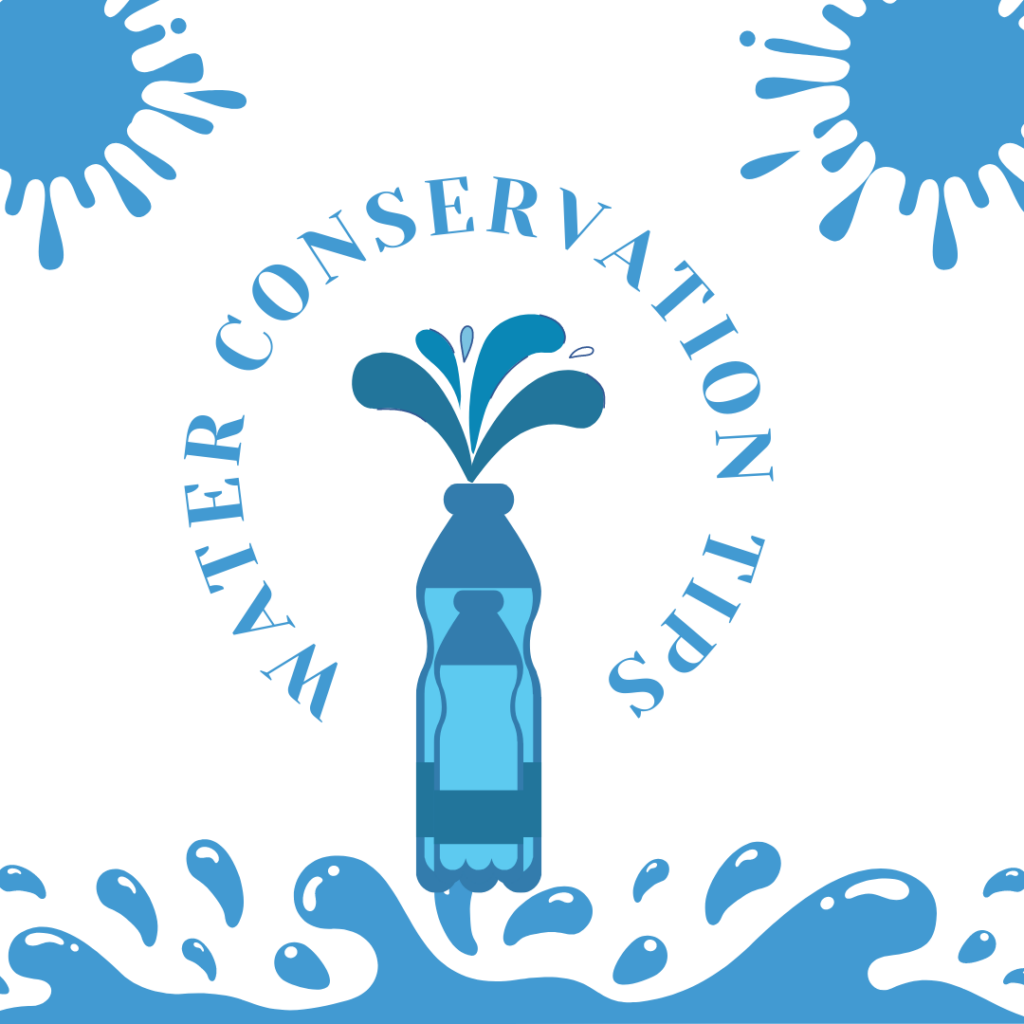Water conservation is becoming increasingly important as the effects of climate change become more pronounced. With increasing droughts, rising temperatures, and water shortages, water conservation is an essential part of student life. Whether it’s conserving water in the dorms or using water more efficiently in their studies, students can contribute to a more sustainable future.
In this blog post, we will explore the seven ways students can conserve water and reduce their water footprint. We will look at water-saving strategies that students can implement in the dorms, in classes and laboratories, at home, and even while travelling. With the right knowledge and effort, students can become an integral part of the global fight for water conservation and water treatment.
So, let’s dive into these water conservation tips for students!
1. Put Signs Near the Basins
Implementing strategies to reduce water wastage can positively ensure the preservation of natural resources and reduce unnecessary costs. One of the most effective and simple methods to achieve this is to equip students with the habit of turning off taps as soon as they finish washing their hands.
This can be done by placing signs near the basins and sinks. School administrators can remind students to do their part in conserving water each day. This strategy can also be used to instil a sense of environmental stewardship among students.
2. Install Water-Saving Plumbing Fixtures and Aerators
Many educational institutions do not realize that simple and cost-effective measures such as installing aerators and other water-efficient plumbing fixtures can help them reduce their water bills and contribute to a healthier planet.
Schools that invest in aerators and water-efficient plumbing fixtures can help to reduce water consumption by as much as 30%. Installing aerators and other water-efficient plumbing fixtures can help to reduce the amount of water used in sinks and bathrooms, which is especially important in areas that are faced with water shortages or drought. By reducing the amount of water used for daily tasks in schools, such as handwashing.
3. Inform Students of The Most Recent Water Conservation Requirements
As environmental sustainability becomes more of an increasingly pressing issue, it is the responsibility of educational institutions to keep students informed on the latest requirements for water conservation.
By familiarizing them with the latest water conservation regulations, we can ensure our students have the knowledge and understanding they need to protect natural resources and work towards a more sustainable future.
4. Cover Swimming Pools
Covering swimming pools when they are not in use is a simple yet effective way to conserve water at schools. It is estimated that a typical school swimming pool can lose thousands of gallons of water every year due to evaporation, splash-out, and backwash.
This is an expensive and inefficient use of a precious resource, especially when alternative sources of water are becoming increasingly scarce and expensive. Schools can significantly reduce their water consumption by covering the school pool when not in use. Not only does this help reduce water waste, but it can also lower maintenance costs and save money eventually.
5. Don’t flush the toilet excessively
Avoiding unnecessary toilet flushes is an important way that we can help the school to preserve water. Flushing the toilet can use anywhere from two to seven gallons of water. This can add up quickly in a school environment and result in an elevated water bill. To help reduce water usage and costs, we can encourage people to only flush when necessary, for example, when there is solid waste or when there is visible dirtiness.
Furthermore, if the school allows, we can install water-efficient toilets, which use less water per flush and can drastically reduce overall water consumption. We can make a big difference in conserving water by taking small steps such as these.
6. Fix water leaks
Repair any water leaks occurring at schools. Leaky pipes, faucets, and toilets are all potential sources of water wastage that can be avoided with regular maintenance and repair.
Schools are a particularly important area to consider for water leaks, as leaks can be especially costly for educational institutions. Repairing water leaks not only conserves water, but it also saves both time and money. Additionally, it reduces the risk of water damage, which can be an expensive problem. A proactive approach to identifying and repairing water leaks at schools can help ensure that water is not wasted and that funds are used efficiently.
7. Encouraging Students to Utilize Refillable/Reusable Water Bottles
Reusable water bottles are one of the most effective and straightforward methods of reducing water waste in schools and universities. Not only are refillable water bottles cost-effective, but they can also help contribute to a more sustainable campus and encourage students to be more aware of their water consumption.
By investing in reusable water bottles, students can have access to clean, safe drinking water without the need to dispose of single-use plastic bottles.
Additionally, reusable water bottles can be a great way to raise awareness of the importance of conserving water. Educational campaigns or initiatives can be implemented to encourage students to use refillable water bottles and reduce their water waste.
Overall, investing in reusable water bottles is a great way to create a green environment at school.
Conclusion
In conclusion, water conservation is an essential part of student life, and it can involve small changes to make a big difference. By taking simple steps like using reusable water bottles, turning off the tap after using the basins, and using water-efficient appliances, students can help conserve water and reduce their impact on the environment. In addition, through education and awareness, students can become informed and act to reduce their water consumption and help mitigate the effects of climate change. In arid regions where students depend mainly on groundwater for water supply, it is important for them to learn the common causes of water pollution and best water treatment technologies.
